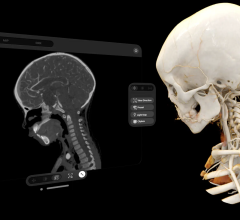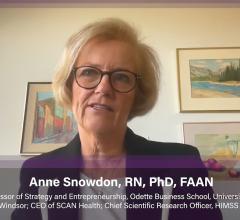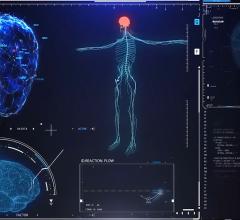
Getty Images
Accurate reporting is essential to producing the reliable analytics needed to meet lab accreditation standards. This is a process Susan Wayne, RRT, RVT, RCDS, is quite familiar with.
Wayne is clinical coordinator for noninvasive cardiovascular services at Carolina Pines Regional Medical Center in Hartsville, S.C. As of this writing, she is working through the re-accreditation process for both the echocardiogram and vascular labs, all while providing personal bedside care to cardio patients each day. “Both our labs are accredited through IAC — the Intersocietal Accreditation Commission — and we go through this process every three years,” she said. “I’m in my window for both of these right now. I need to provide data on volume by sonographer and for each procedure. That all used to be a manual process before.”
The Transition to PACS
Wayne’s team previously relied on manual log books. “There was always the possibility that a technologist would forget to log something,” she recalled. “Each day, we’d have to do charge reconciliation by manually tabulating a report from the previous day to make sure the correct charge went to the right patient. We’d also need to check that each procedure was logged. We might miss billing as many as four or five procedures a month because they were never recorded in our log book.”
Wayne had heard about other facilities that were using Fujifilm’s VidiStar structured reporting to produce data analytics. As Carolina Pines was looking to transition to a PACS, they invited Fujifilm to come onsite and demo its capabilities. It was an easy choice. “Once we were onboarded, the vendor started teaching me about the data mining the system was able to do — something I’d been doing manually before.”
Carolina Pines’ transition to Fujifilm Data Analytics was highly seamless. Because it’s a cloud-based system, the analytics option was simply added to their existing account so it was accessible when they logged in. There are useful pre-built analytics that come with the system, but VidiStar also allows custom queries to be saved as presets. “Once we had access, the Fujifilm representative helped me tailor the reports I need so that they run automatically each month,” noted Wayne.
Cardiovascular Ultrasound Analytics Aids Re-accreditation Process
For the re-accreditation process, data must be provided that shows reporting is logged within 24 hours for inpatients and within 48 hours for outpatients. In addition to the data that must be supplied about volume by sonographer and by procedure type, the accrediting body requires submission of case studies for each physician. This involves selecting individual exams that are as technically perfect as possible. This used to be more difficult, Wayne said, because that information needs to be collected and logged over a period of several years. It was a laborious process to keep track of. Now, she can check a box on a case that looks like a good candidate and have that propagate into a report she can later review in order to select the exams that best meet IAC’s criteria.
Wayne is still learning how to build new reports, but Fujifilm has remained a resource during the ramp-up process. “They’re always available to guide me through,” she said. “They have fantastic customer support. I can either call a toll-free number or send an online message to their help desk. Any time I get stuck building a new report, they’ll respond within a couple of hours and help me get it done. They’re very responsive.”
Another advantage of Carolina Pines’ analytics capability is how easy it is to respond to an ad hoc request for data. “I occasionally receive an inquiry about physician statistics from the credentialing department,” said Wayne. “It’s so easy to pull these with analytics.”
She can also pull clean, professional-looking reports for the reading physicians’ offices to ensure they are able to bill their professional fees.
Streamlining Cardiac Analytics Helps Meet Department Needs
The amount of manual labor required to produce reports used to be onerous. For Carolina Pines, that has definitely changed. “I don’t know how labs function without data mining,” said Wayne. The streamlining provided by data analytics has made her more efficient, better able to support facility administrators’ and physicians’ needs for information, and even spend more time with patients.
Wayne started out as a respiratory therapist, but was asked to get into the cardiovascular field 24 years ago. Her response at the time: “If the hospital needs me to do it, then I will.” That can-do attitude has persisted; combined with the power of Fujifilm Data Analytics, she’s more empowered than ever to meet the needs of Carolina Pines.
Editor's note: This blog is the fourth in a four-part series about the benefits of cardiovascular information systems. The first blog is here, the second blog is here, and the third blog is here.
To learn more visit https://hca.fujifilm.com/it
.


 May 01, 2024
May 01, 2024 








